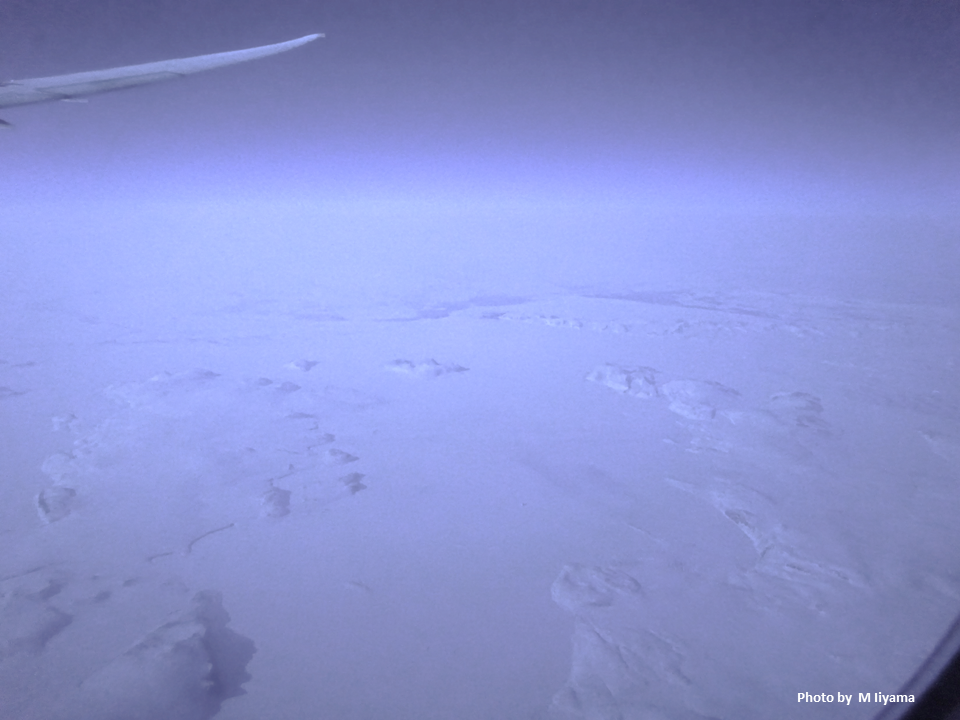Pick Up
1166. Changes facing the cryosphere

1166. Changes facing the cryosphere
According to the Japan Meteorological Agency, from Sunday, December 22 to Monday, December 23, a winter-type pressure configuration intensified, strong cold air flowed in nationwide, and the possibility of warning-level heavy snowfall was announced on the Sea of Japan side from eastern Japan to western Japan, mainly in the mountains.
Snow has three main properties that affect the Earth's climate system. First, its white color. Snow reflects solar radiation back into the atmosphere, which limits global warming. In turn, snow is made up of ice and air, which gives it good thermal insulation properties. When covered with snow, the ground is insulated, and substances and organisms in the soil are protected from rising temperatures. And finally, snowmelt affects the water cycle in nature.
The cryosphere is covered with snow and ice, but it is undergoing dramatic changes under the influence of climate change, such as an increase in wildfires, greening of the tundra, and an increase in winter precipitation.
A body of scientific findings warns of a phenomenon facing the cryosphere, which has been described as the "canary in the coal mine of the climate system." There is a growing scientific consensus that the melting of the Greenland and Antarctic ice sheets could slow important ocean currents, significantly lower temperatures in northern Europe, and increase sea level rise along the East Coast of the United States. The possibility of drastic temperature and climate changes in the world's breadbaskets is also a concern from the perspective of global food security.
There are concerns that the acceleration of glacier melting will amplify global warming through ice-albedo feedback, which leads to an accelerated increase in temperature by melting the ice and exposing the ground, thereby reducing sunlight reflection. The melting of sea ice in Greenland and the Antarctic ice sheets, along with the melting of permafrost, the melting of the Arctic sea ice sheet, and the deforestation of the Amazon, is a tipping point (tipping point-) that involves large-scale changes that will gradually and irreversibly affect the earth. It is considered to be one of the major disturbances in the ecosystem system that can bring about dramatic changes at a certain point in time.
Scientists are concerned that reaching a tipping point could lead to not only climate emergencies such as extreme weather events, but also global emergencies where the domino effect of uncontrollable contingencies become irreversible. There is a need for action and social change to curb greenhouse gas emissions based on science.
